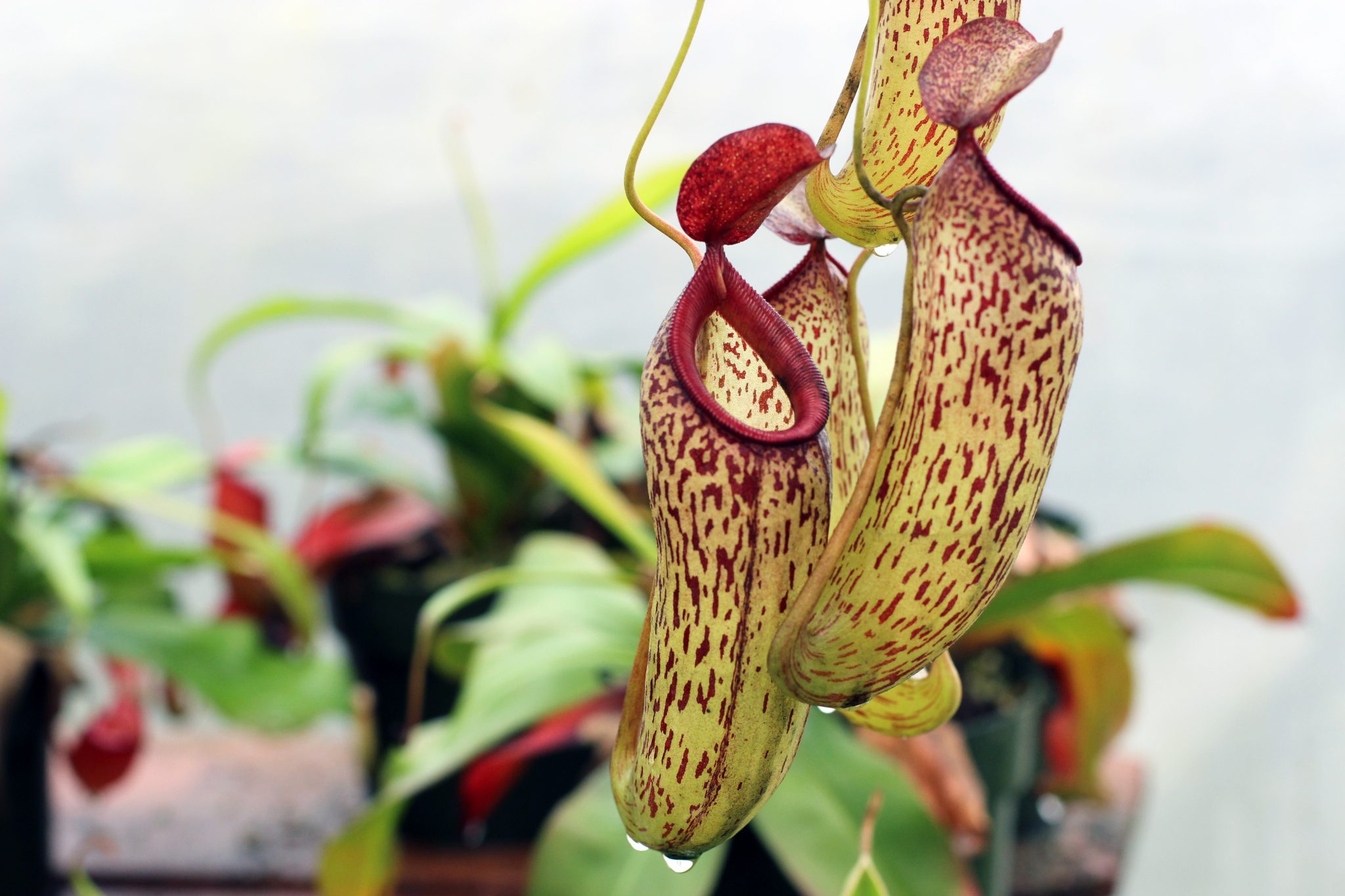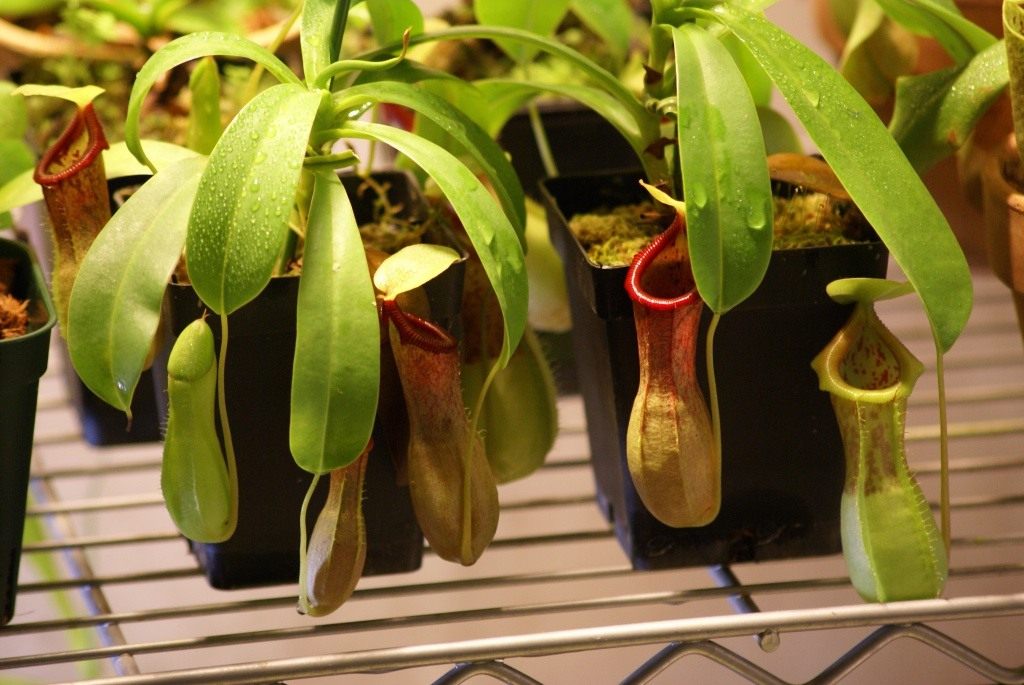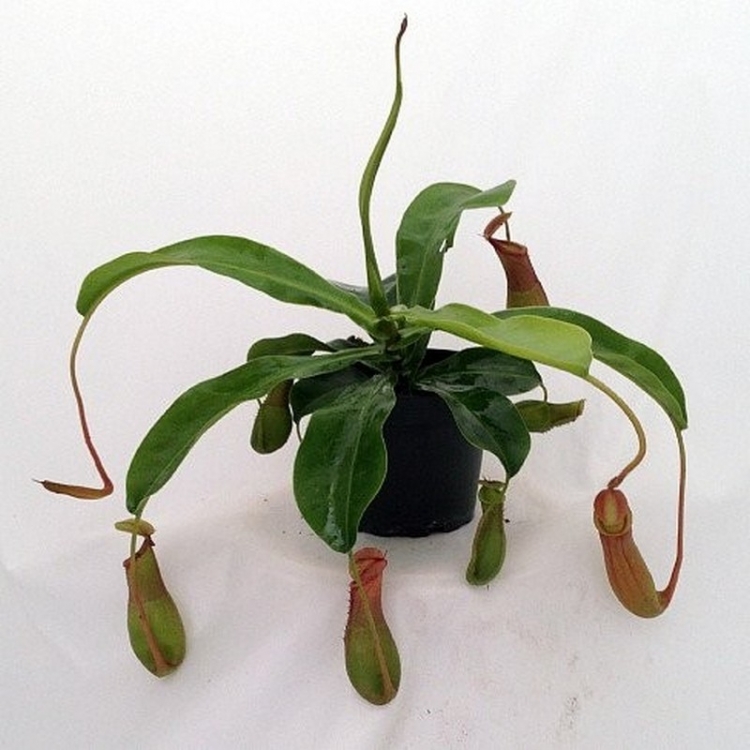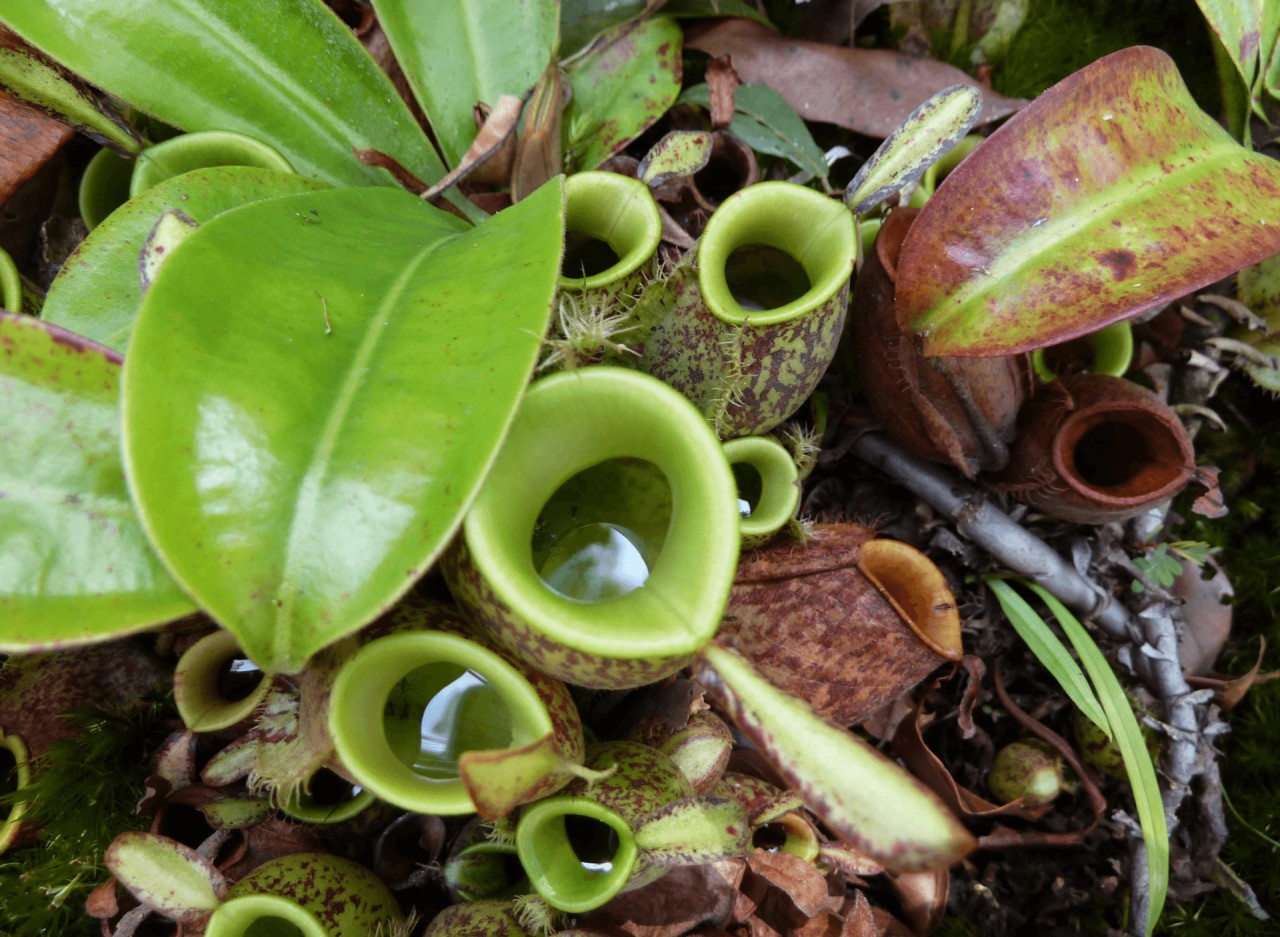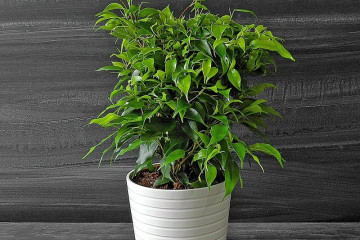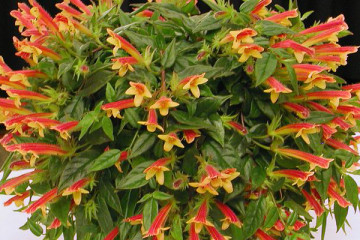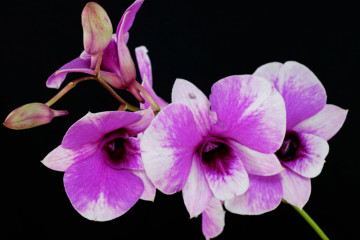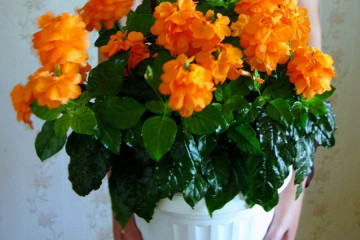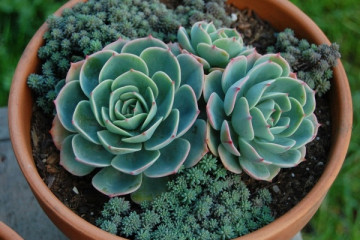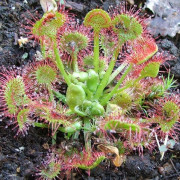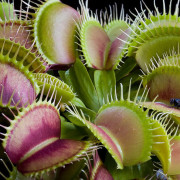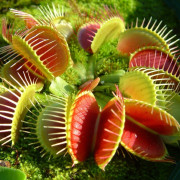Nepentes - care and maintenance of a flower at home
Content:
Nepentes is a flower for those interested in unusual plants. It has the name Pitcher and Flycatchers, and they are perfect for him. Insectivorousness is distinguished from the features.
Nepentes - what is this predatory flower
Nepentes is a member of the Nepenthes family. It is a predatory plant. These are shrub, sometimes semi-shrub vines. There are two types of leaves on the plant: large and pitcher-shaped, thanks to which it is called "pitcher". With the help of jugs, it gets its own food - insects.
The plant looks unusual - it has bright large leaves reaching 30 cm in height. In addition to them, there are "digestive organs" - the tip of the leaf is transformed into a small tendril. With the help of antennae, a jug is attached to the leaf, through which the plant hunts insects.
Varieties of nepentes
The nepentes flower has many types. All of them are listed in the Red Book or endangered. At the moment, the genus includes the following species: winged nepentes or Alata, nepentes Raja, nepentes Hukeriana, nepentes jug and nepentes sanguinea.
Winged nepentes
Nepentes Alata or winged nepentes is one of the undemanding species. It is unpretentious in leaving, it is often used as a decor item. At home, the maximum length is 2 m, in the natural environment - 4. The jugs can be bright light green, the leaves are dark green, red blotches are possible on them. The size of the jugs ranges from 20-25 cm.
Nepentes pitcher
The plant lives in a swampy climate. The jugs are nests arranged in groups. There is a small lid above the jugs. It feeds on small insects, mainly mosquitoes and flies. The content is unpretentious.
Nepentes Raja
Nepentes Raja is the largest flower species. Its shoots can reach 6 m, and the jugs are more than 50 cm in length. They are brownish, sometimes burgundy, and can hold more than two liters of liquid. The diameter is about 20 cm. It is demanding on the growing conditions, therefore it is difficult to keep it at home.
Nepentes Hookeriana
Nepentes Hukeriana prefers a humid climate. At home, the flower is grown mainly in terrariums. The jugs have a greenish color, there are different types of specks. At the initial stages of development, it is vulnerable, therefore it requires high humidity and temperature.
How to care for nepentes at home
The nepentes plant can be grown at home, but for this you need to carefully study the features. Some species are unpretentious and suitable for home keeping, while some are capable of developing only in their natural environment.
Illumination and temperature conditions
Bright sunlight is required.Diffused lighting is suitable for 12 hours a day. The presence of ultraviolet radiation is important - 4 hours a day is enough for normal development.
Watering rules and humidity
Most flowers grow and develop properly at an average humidity of 50-60%. But some species require higher humidity - from 80%. It is necessary to use all methods of increasing humidity: purchase air humidifiers, place the flower in an open aquarium, put containers of water around the pot.
For irrigation, use room temperature water or rainwater that has been settled during the day. Excess water must be disposed of. In summer they water it 2 times a week, in winter and autumn - 1 time.
What to feed the plant
Nepentes is an insectivorous plant. For feeding, one live insect is thrown in a month. These can be various small insects: flies, grasshoppers, spiders. Only half of the jugs are fed, since they can assimilate no more than two insects per month. Water is poured into the empty ones.
Transplant and size of the flower container
The plant is transplanted only when necessary. This may be due to rotting roots, mold, or an unsuitable pot size. To find out if a plant needs a transplant, they take it out of the pot and examine the roots. If rot is noticed, the roots are cut off, and healthy ones are treated with fungicides.
If everything is in order with the roots, but the plant needs a pot with a large volume, the plant is transplanted into a container that is 15 cm larger than the previous one.After transplanting, the flower is not fed for a month and the conditions of care are observed.
Flower pruning and winter dormancy
Taking care of the plant is easy. It is recommended to pinch the shoots of the plant, then the nepentes looks more neat and attractive. Pruning helps the shrubs rejuvenate. It is better to cut it in the spring, and it is necessary to pinch it for the first time after the sixth leaf has grown.
In winter and autumn, they arrange a forced "period of winter rest" for nepentes. It is watered less and is not fed. During winter dormancy, nepentes can lose leaves - this is a natural process. In the spring, the leaves are pruned and the normal care regimen resumed. Then the flower will continue to grow and develop.
How nepentes reproduces
The plant is propagated in several ways.
Seed propagation
Domestic individuals are not so often propagated by seeds, because it is problematic to fulfill all the necessary conditions. To propagate a plant in this way, you need fresh seeds, which are difficult to get even in a special store.
It is possible to obtain seeds on your own. To do this, take male and female plants. Fertilize them with flies and midges for the formation of a fruit. Since domestic specimens rarely bloom, reproduction in this way is not the fastest option.
Fresh seeds are planted in small containers. They grow at high humidity up to 100% and in a bright place. If everything is done correctly, the first results are visible after a few months.
Apical cuttings
Cut the cuttings in the spring, using the upper part. At the beginning, the cutting is placed in a special solution for half an hour. Planting is done in moist sphagnum moss. This is a lengthy process and requires special care. Cuttings are protected from direct light. After two weeks, they are sprayed with Zircon.If the stalk loses color, the process was unsuccessful, and if it did not lose, it was successful.
Air layering
A piece of shoot bark is removed and part of the vine is pressed against the substrate. After a few months, roots will appear. The cuttings are placed in an individual pot.
Root layers
The method is used when transplanting an adult flower. The predator nepentes plant is moved into a container with water and the roots are cleaned. With the help of tools, a part is separated from the plant with the root and nepentes is planted as described.
Life span
The plant can live no more than one and a half years (according to reference books). In practice, with proper care, the flower can live up to three years.
Blooming nepentes, how often does it happen
This plant rarely blooms in the home environment. If this happens, small flowers are formed, which are collected in inflorescences. The reason is that insects do not pollinate the plant in such quantities as in their natural environment.
Predator rearing problems, diseases and pests
Growing problems arise only from improper care. This plant has few pests, since nepentes is a carnivorous plant. Diseases are distinguished:
- Fungal. May appear from errors in watering and high humidity. Specks may appear on the leaves. Fungicides help with treatment.
- Insufficient lighting leads to leaf diseases.
- Dry leaves are a sign of insufficient humidity in the room.
- If the leaves turn red, they are exposed to direct sunlight, and this is a sign of sunburn.
- Yellow leaves are a sign of malnutrition.
Nepentes will be a wonderful home plant for lovers of unusual flowers. Nepentes home care is not the easiest, but if you do it correctly, there will be no problems with growing, and the plant will delight the owner with a unique look.
